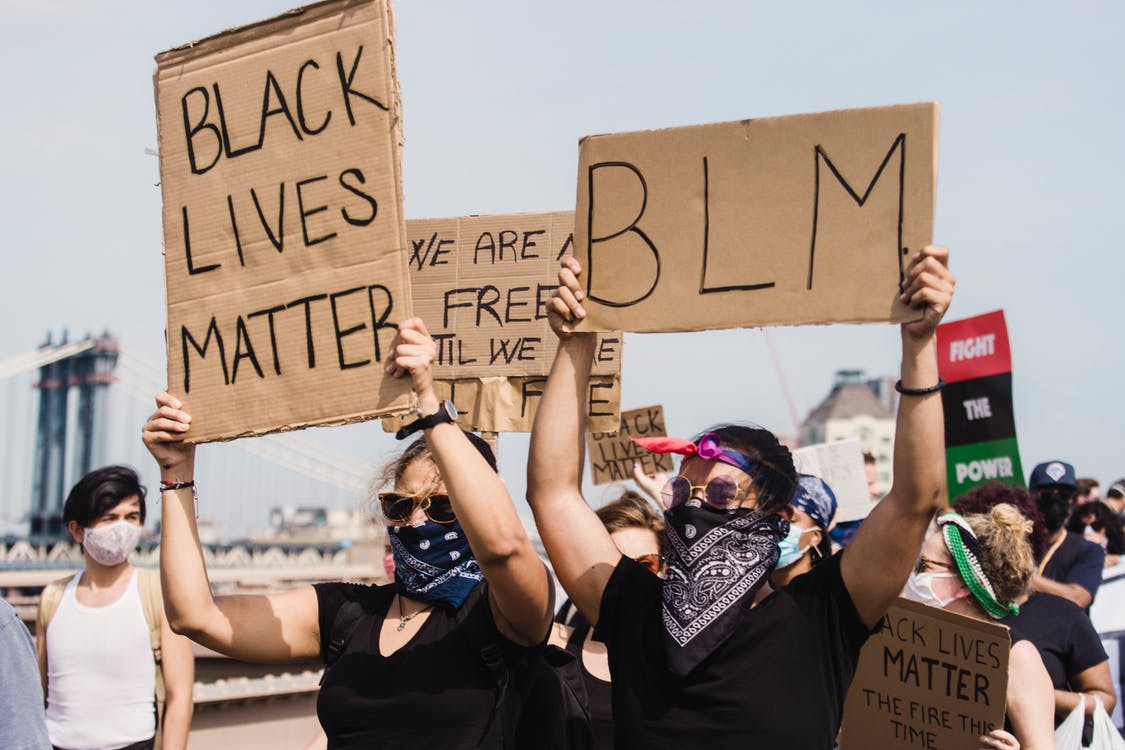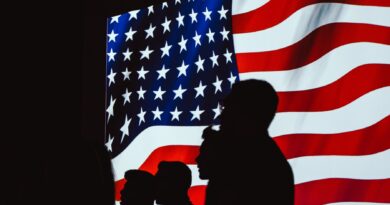A Democratic Nationalism (Part 2)

It does not matter that the Polish-Lithuanian Commonwealth achieved a level of freedom unparalleled in the world until the rise of the United States. It is a matter of indifference that the Danes are perhaps even more devoted to their flag than we are. What matters is our perception of ourselves as exceptional which allows us to excel.
Marek Jan Chodakiewicz
(…)
Nonetheless, for similar reasons Cromwell and the Roundheads meet the journalist’s praise, and even the Diggers and Levelers receive a kind word or two. Thank God the author has eschewed ululating over the Fifth Monarchy Men of the English Revolution. Lowry now should read Norman Cohn’s The Pursuit of the Millennium and Erik von Kuehnnelt-Leddihn’s Leftism Revisited: From de Sade and Marx to Hitler and Pol Pot to understand the inappropriateness, for a conservative, of counting such a motley crew of fanatics among the precursors of America’s freedom. This, incidentally, feeds into the ultramontane Catholic criticism of the United States as advanced by Solange Hertz in her A Star-Spangled Heresy: Americanism as well as squares with Charles A. Coloumbe’s Puritan’s Empire: A Catholic Perspective on American History.
It is truly baffling that editor of the storied National Review would embrace revolutionaries over traditionalists as the antecedents of the United States. He scornfully dismisses the Cavaliers, even though they encapsulated the political nation (natio) stemming from chivalry. They are the original nationalists before the peasants had even an inkling of national consciousness. True, many of the nobles, faced with a revolutionary fury of Cromwell and his ilk, turned to absolutism in self-defense. This is no different than a knee jerk reaction of any victim of the revolution from Joseph de Maistre to Anton Denikin. That is the essence of reactionary conservatism. Extremism must be met with counter-extremism.
Yet, there eventually developed – out of tradition, and not revolution – an evolutionary approach to conservatism as encapsulated by Edmund Burke. His brand of conservatism has much more to contribute to American nationalism than the revolutionary fury of the sectarians. Burke was no Cromwellian; his pedigree (and not just of his Irish Catholic mother) can be traced back to the flower of chivalry in the 12th century, and his ancestors most certainly opposed the English Revolution’s depredations of Ireland. Why not invoke their glorious resistance to injustice as America’s inspiration? By the same token, why dismiss the Cavaliers en bloc?
But soon enough, however, incongruously and unexpectedly, Lowry admits that the elites of Virginia and other southern colonies had more to do with the traditional English nobility and mainstream Anglicanism (albeit, admittedly, low church) than with the sectarian rigidity of the Puritans with their fantasy that New England was “A NEW ENGLISH ISRAEL” (p. 106). Horror of horrors, George Washington himself was neither a Lollard nor a Cromwellian! And neither were most of the Founding Fathers. Deists and Freemasons perhaps, they certainly were not extremist sectarians. So what kind of continuity with sectarianism are we talking about in the case of the US? Lowry insists on a continuity with the English Civil War and protection of “the traditional rights of Englishmen” (p. 117). This is a rather peculiar definition of “rights”: for revolutionaries only.
There is surely a continuity of tradition, in particular Christianity in its variegated manifestations in the colonies. The theocratic Puritans were certainly a part of the variety; but they soon developed plenty of competition outside of Massachusetts. Yes, they were among the first on these teeming shores but they held no monopoly on shaping America. Instead, we see a typical story of multiple points of entry by multiple peoples, arriving over time.
Why not give some credit to Catholic Marylanders? To the greater glory of the Virgin Mary, the honor of Charles I’s spouse Henriette Marie, and, perhaps, in memory of “The Bloody Mary,” Lowry’s Pavlovian bête noire, Lord Baltimore launched this particular settlement as a refuge for Catholics. They showed up on these shores soon after the establishment of the Plymouth Colony. Didn’t they contribute anything worthwhile, like persevering as a minority in the face of nearly uniform anti-Catholic bigotry, to the American project? How about Maryland’s initial settlement town of St. Mary’s City being the first urban center in the American colonies to institute religious freedom to all Christians, save the anti-Trinitarians? Doesn’t this count? I bet the presence of the Maryland Catholics at least partly informed wise decision of the Founding Fathers not to establish an official American Church. And they fit the American story much better than the author’s iconic proto-nationalist saint, Jeanne d’Arc, a rather incongruous figure here except to feed Lowry’s plebeian narrative. I’d stay away from her unless he wants to open himself up to accusations of countenancing the saint’s principal champion in the 20th century, the integral nationalist and radical monarchist Action française.
At any rate, culture is generated by increments, including the American culture in its melting pot. Lowry signals so but fails to include the Marylander factor in the story of the origin. This insight would have strengthened the overall universalist argument of The Case for Nationalism.
The rest of the story is pretty straightforward and should not be controversial to any American patriot. For the leftist fans of the reductio ad Hitlerum gimmick, Lowry stresses that Nazism “was not nationalism but supranational racism… Nationalism has been a current in the world for centuries, touching every corner of the globe, and somehow only the Germans produced racism.” Further, “true nationalism… proved the antidote to the twin totalitarianisms of the twentieth century” (p. 21). Lowry gets it exactly right. And he is equally on the spot rejecting white nationalism as an oxymoronic function of identity politics, a crooked mirror image of America-destroying minority nationalisms from Black Power to La Raza (p. 213). “We should hope that America’s racial and ethnic lines blur, rather than harden, under the benign influence of intermarriage, perhaps the best friend of national unity over the long run” (p. 204). Intermarriage, culture, and history rather than unrestricted emigration should drive the American project.
Granted, The Case for Nationalism is a plebeian and sectarian tale of the origins of American nationalism, but it should do a sufficient job, with some readjustment, of rekindling the American spirit for the great task of a cultural Reconquista and, ultimately, a counterrevolution to restore the United States of America to those who care about the nation. This is because, according to Lowry, most importantly, “our country… should come first” (p. 5). A corrective: God should come first, then the nation. Otherwise we court a neo-pagan disaster. Aside from that, we are in a tentative agreement with the author’s solutions to remedy the contemporary ills afflicting our great country.
We would like to thank prof. Marek Jan Chodakiewicz for sharing this article.



